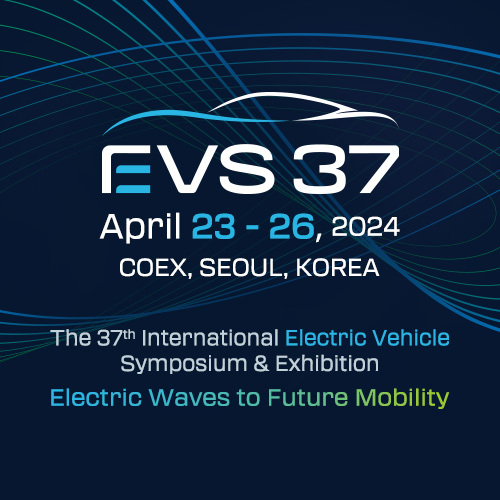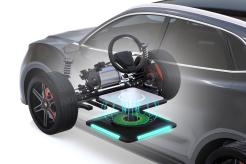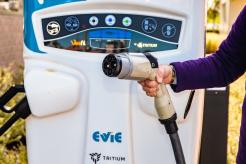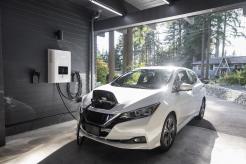Smart Cities use advanced digital technology to improve the quality of life for their residents. By gathering data through sensors, video cameras, social media, and other sources, the city gains actionable insights that operators can use in real-time to make informed decisions, engage citizens, and meet their needs. Some have referred to the concept as a municipal Internet of Things (IoT).

(Image source: Denys Nevozhai, Unsplash.com)
The move toward Smart Cities is worldwide. The National Institute of Standards and Technology (NIST) has published a guide to building smart cities in the United States. The NIST Smart Cities and Communities Framework (SCCF) series provides cities and communities with best practices and technical guidelines for planning, developing, and implementing smart solutions.
Describing itself as “the world’s first authentic small smart city,” Seat Pleasant, Maryland, is a Washington, DC, suburb of about 5,000 people. The city launched its Command and Control Center, a digital hub for city services, in August 2017. Seat Pleasant now uses technology to increase government transparency and improve the efficiency of community features such as traffic, transportation, parking, lighting, utilities, and waste management.
EVs help Smart Cities create an eco-friendly transportation system that reduces transportation costs, lessens sound pollution, lowers dependence on fossil fuels, and increases alternative power sources through Vehicle-to-Grid (V2G) integration. Through the use of EVs in public transportation and the facilitation of private EV use by residents, Smart Cities improve air quality and help lessen pollution-related health issues.
Here are some highlights of the role and impact of EVs in Smart Cities, including links to additional information.
EVs in Smart City Development
An efficient and reliable transportation system is among the essential features of a Smart City. EVs are positioned to play a massive role in adopting Smart City concepts through their ability to revolutionize transportation needs by making travel much more sustainable. Electric buses and trains produce zero emissions and have lower operating costs than comparable internal combustion models. Some cities are also experimenting with EV taxis and various mobility tools to reduce emissions further.
Municipal Fleets
By replacing their fleet vehicles with EVs, Smart Cities can reduce fleet emissions and operating costs while improving service to the community. Some examples of EV fleet planning and savings by Smart Cities include:
- Fort Collins, Colorado, outlines its plan to restrict 100% of fleet vehicle purchases to EVs by 2025 in its EV Readiness Roadmap, part of a larger strategy to make transport more convenient, accessible, and cleaner. The Roadmap focuses on supporting the current and future adoption of EVs, including on-road personal and fleet vehicles.
- New York City summarizes EV fleet vehicle maintenance savings in an issue of the citywide administrative services newsletter. They note that servicing costs for the City’s all-electric vehicles are dramatically less than for gas models, noting that “all early indicators are that we are achieving the fuel, emissions, and maintenance benefits of this exciting transition away from the internal combustion engine.”
Public Transportation
Even when buses and trains use internal combustion engines, U.S. public transportation saves 37 million metric tons of carbon dioxide annually, compared to what would have been produced by individual cars.
Switching public transportation to EVs will have an even more dramatic effect. For example, in planning to convert its entire bus system to zero-emission vehicles by 2040, the city of Sacramento, California, estimates this move alone will reduce greenhouse gas emissions by 19 million metric tons between 2020-2050.
Another example of Smart City municipal public transit planning includes:
- Denver, Colorado, whose Climate Action Plan lays out how it will achieve 100% EV public transit by 2050.
 (Image source: Freepik.com)
(Image source: Freepik.com)
Ride-Sharing Services
Ride-sharing services are also planning significant EV shifts over the next two decades. Lyft has pledged that all vehicles using its platform will be electric by 2030. Uber has announced $800 million to accelerate its transition to EVs, aiming for 100 percent EV drives by 2040.
Mobility Tools
In 2016, Columbus, Ohio, won the U.S. Department of Transportation’s Smart City Challenge over 77 other municipalities. The city has completed the challenge, successfully deploying groundbreaking programs and mobility tools, including autonomous, connected, and electric vehicles in addition to app-based mobility tools.
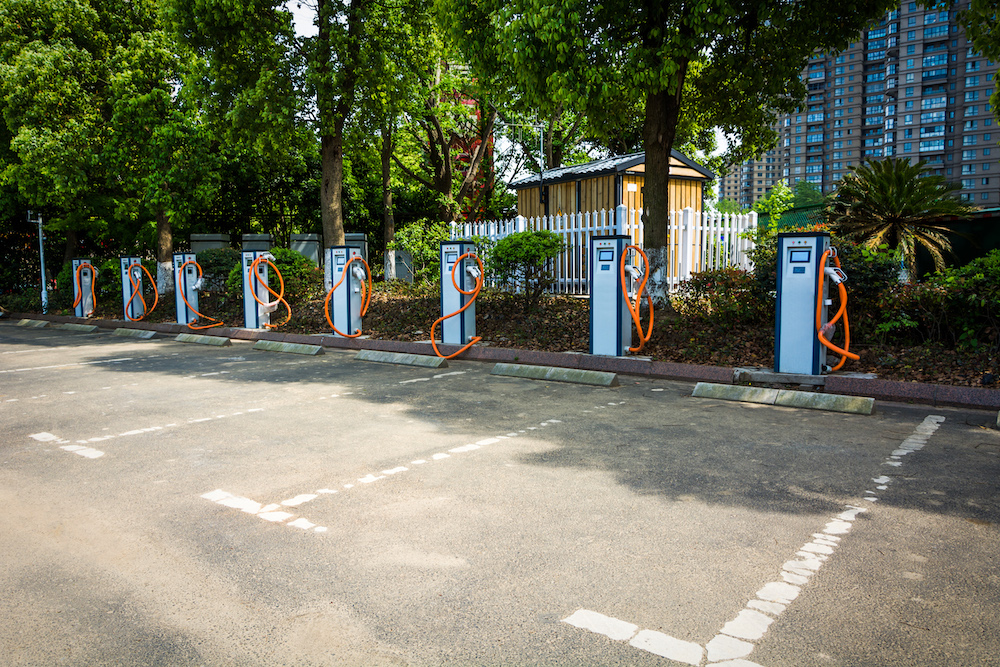
Impact of EVs on Smart City Planning
Charging Infrastructure
A critical way EVs and Smart Cities interact is through charging infrastructure. Smart Cities work to create an extensive network of charging stations for easy accessibility by residents and visitors alike.
As a result of legislation passed in 2021, the U.S. Department of Transportation (DOT) and the U.S. Department of Energy (DOE) is investing at least $5 billion over the next five years to create a national EV charging network along 75,000 miles of the national highway system. The goal is to have a standardized nationwide network of 500,000 EV charging stations by 2030 that are agnostic to location, vehicle brands, and EV charging companies.
In addition, many states, municipalities, and power companies now offer incentives for installing new EV charging infrastructure. Charging equipment company Chargepoint provides a directory of these incentive programs on its website, and the DOE also provides links to state and local laws and incentives.
Grid Integration
Another method in which EVs and Smart Cities interact is electrical grid integration. Smart Cities work to create an intelligent grid that can adapt to the city’s changing needs, including the ability to manage demand during peak hours and optimize the use of renewable energy sources. In response to the rise in EV usage, Smart Cities must innovate and prepare specifically for the increased demand on power systems, including managed charge programs and V2G systems.
Managed Charging
Managed charging considers both the vehicle’s energy needs and grid support objectives. Methods to manage charging include:
- Smart EVSEs that can adjust power levels or shift charging sessions
- Human planning (driver programming) to reduce EVSE deployment needs
Benefits range from reducing the need for electrical upgrades to maximizing local generation and lowering costs by capitalizing on time-of-use (TOU) rates.
Vehicle-to-Grid (V2G)
The soaring rise in EVs comes with a significantly increased demand for power. However, EVs have the potential to optimize the grid, rather than be a liability, through vehicle-to-grid (V2G) systems that allow EVs to sell unused battery power back to the grid automatically.
V2G systems are in development around the world. In the U.S., the focus is on the most advanced form of vehicle grid integration, bidirectional chargers, which create additional opportunities to power homes during outages.
Final Thoughts
According to the U.S. Census Bureau, urban areas hold about 80% of the U.S. population. Smart Cities represent an exciting development in modern technology that has the potential to revolutionize how we live and work in these areas. With EVs helping drive the advancement of Smart Cities and vice-versa, the combination of their technologies promises to create a more sustainable, efficient, and livable environment for us all.
Are you interested in learning more about EV Charging Infrastructure? Join us at the upcoming EV Charging Summit & Expo!

